Home>Interior Design>Which Color Is Best For A Bedroom? Experts Share Their Tips
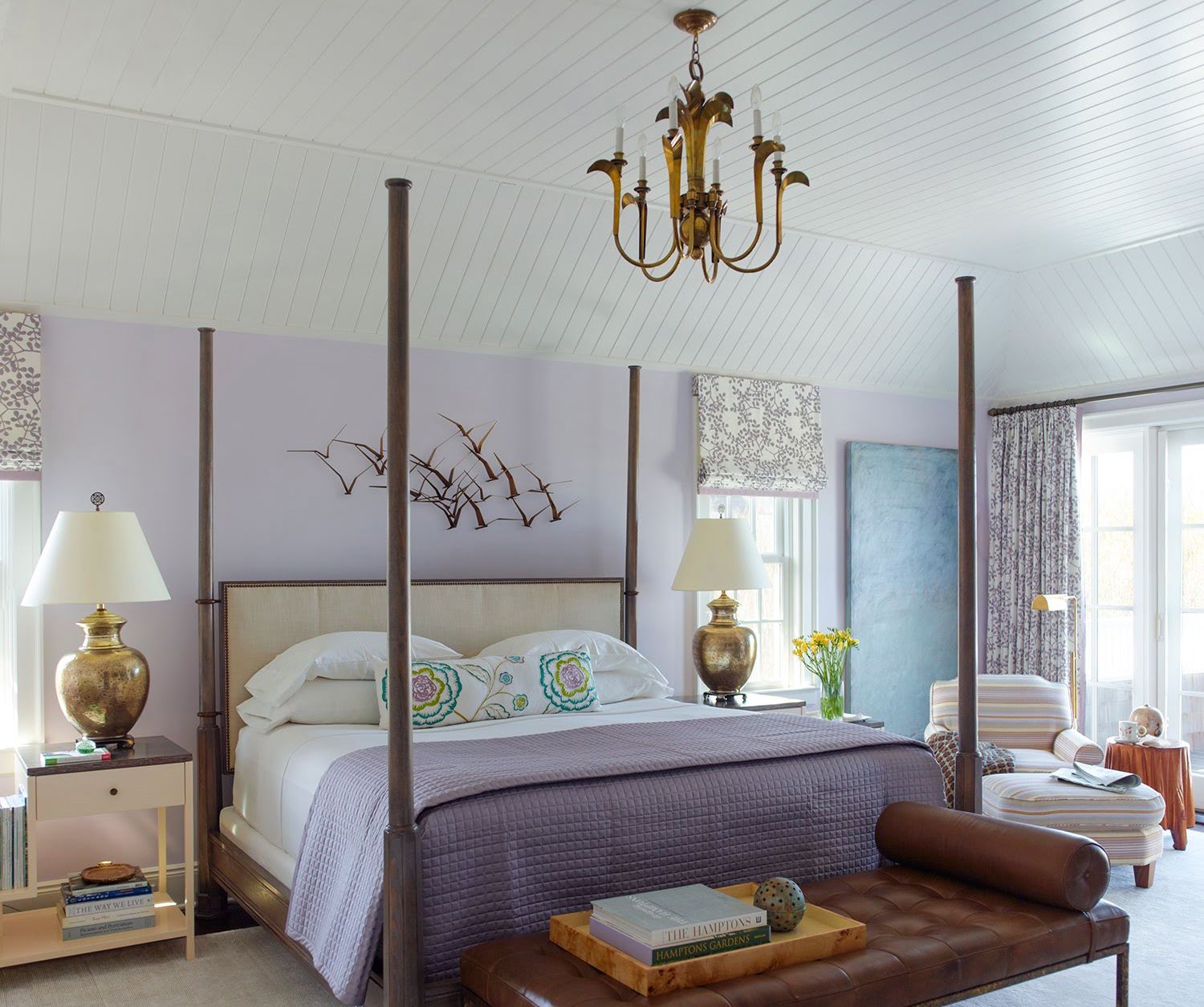

Interior Design
Which Color Is Best For A Bedroom? Experts Share Their Tips
Modified: January 19, 2024
Discover expert tips on choosing the perfect color for your bedroom from interior design professionals. Enhance your space with the best color schemes for a serene and stylish retreat.
(Many of the links in this article redirect to a specific reviewed product. Your purchase of these products through affiliate links helps to generate commission for Storables.com, at no extra cost. Learn more)
Introduction
When it comes to designing a bedroom, one of the most important decisions is determining the color scheme. The color of a room can significantly impact its mood, atmosphere, and overall aesthetic. It sets the tone for relaxation, rejuvenation, and tranquility. With so many color options available, choosing the perfect shade for your bedroom can seem overwhelming. That’s why we’ve gathered insights from interior design experts to help you navigate this exciting decision.
Whether you’re looking for a calming oasis, an energizing retreat, a cozy haven, or a serene sanctuary, selecting the right colors can transform your bedroom into a space that perfectly aligns with your personal style and preferences.
In this article, we’ll share expert tips on choosing the best colors for your bedroom. We’ll explore the various factors to consider, such as the desired mood, the size of the room, and the existing decor. We’ll also delve into the psychology of colors and their impact on our emotions and well-being.
By the end of this article, you’ll be armed with the knowledge to make informed decisions and create a bedroom that not only looks stunning but also promotes relaxation and restful sleep. So, let’s dive in and discover which color is best for your bedroom!
Key Takeaways:
- Choose calming colors like soft blues, muted greens, and lavender for a relaxing bedroom to promote restful sleep and tranquility. Consider personal preferences, room size, and natural lighting for a harmonious space.
- Incorporate energizing colors such as bright yellows, oranges, and electric blues to create a vibrant and lively atmosphere in your bedroom. Strike a balance to avoid overwhelming the space and resonate with your personality.
Importance of Color in Bedroom Design
The color palette you choose for your bedroom plays a crucial role in setting the overall ambiance and mood of the space. It can influence how you feel when you wake up in the morning and how easily you can unwind at the end of a long day. Understanding the importance of color in bedroom design will help you create a space that promotes relaxation, restful sleep, and personal well-being.
Colors have the power to evoke specific emotions and affect our psychological state. For example, cool tones like blues and greens are known to create a calming and tranquil atmosphere, making them ideal for bedrooms. Warm colors like reds and oranges, on the other hand, can stimulate energy and excitement, making them better suited for living areas or home offices.
In the bedroom, it’s essential to strike a balance between creating a soothing environment and injecting elements of personal preference. While it’s important to consider expert advice and color psychology, ultimately, the colors you choose should reflect your personal taste and help create a space that feels like a retreat.
Colors also have the ability to visually impact the size and scale of a room. Lighter hues can make a small bedroom feel more spacious and airy, while darker shades can create a cozy and intimate atmosphere.
Another aspect to consider is the coordination of colors throughout the entire home. If you have a cohesive color scheme running throughout your house, it’s important to choose a bedroom color that seamlessly blends with the overall aesthetic.
Overall, the importance of color in bedroom design cannot be overstated. It has the power to enhance relaxation, promote restful sleep, and create a space that reflects your personal style and promotes well-being.
Factors to Consider when Choosing Bedroom Colors
When it comes to choosing the perfect color for your bedroom, there are several factors that you should consider. These factors will help you create a harmonious and visually pleasing space that suits your personal style and promotes relaxation.
The first factor to consider is the size of your bedroom. If you have a small bedroom, opting for light and neutral colors can make the space appear larger and more open. Shades such as whites, creams, and pastels will reflect light and create an airy atmosphere. On the other hand, if you have a spacious bedroom, you can experiment with bolder colors and darker shades to create a warm and cozy feeling.
The next factor to consider is the natural lighting in your bedroom. Natural light can greatly influence the way colors appear in a space. A well-lit bedroom with ample sunlight can handle darker colors without feeling too heavy. Conversely, a room with minimal natural light may benefit from lighter shades to brighten it up and create a more inviting atmosphere.
Consider the overall mood and atmosphere you want to create in your bedroom. Are you looking for a serene and tranquil space? In that case, cool colors such as blues, greens, and lavender can help create a calming effect. If you want a more energetic and vibrant atmosphere, warmer colors such as yellows, oranges, and reds can stimulate energy and creativity.
Your personal taste and preferences also play a significant role in color selection. Consider the colors that you are naturally drawn to and that make you feel happy and comfortable. Remember that your bedroom is a personal sanctuary, and the color should reflect your personality and create a space that you can truly enjoy.
An important consideration is the existing furniture and decor in your bedroom. Take into account the colors and patterns of your beddings, curtains, and other furnishings. You want the color of the walls to complement and enhance the overall aesthetic of the space. Consider creating a color palette that incorporates both the existing decor and the desired mood.
Lastly, think about the longevity of the color choice. While trends come and go, you’ll want a color that you can live with for a long time. Consider timeless and classic colors that won’t quickly go out of style.
By taking these factors into account, you’ll be able to make an informed decision and choose bedroom colors that create a harmonious and inviting space that reflects your personal style and promotes relaxation.
Calming Colors for a Relaxing Bedroom
Creating a relaxing and serene atmosphere in your bedroom can greatly contribute to a restful sleep and overall well-being. Calming colors can help you unwind after a long day and create a peaceful environment that promotes relaxation. Here are some soothing color options for a relaxing bedroom:
- Soft Blues: Shades of blue, such as powder blue, sky blue, and periwinkle, are known for their calming effects. Blue has a naturally tranquil and serene quality, reminiscent of the ocean and the sky. It can help lower blood pressure and reduce stress levels. Consider using soft blue hues on the walls, bedding, or accent pieces in your bedroom.
- Muted Greens: Green is often associated with nature and brings a sense of tranquility and balance. Muted green shades, like sage or mint, can create a calming environment in your bedroom. It is a color that promotes relaxation and restful sleep. Incorporate green through accent pieces, plants, or wall colors to create a soothing atmosphere.
- Lavender: Lavender has long been used in aromatherapy for its calming properties. It is a color that combines the calmness of blue with the softness of pink. Lavender can create a serene and peaceful ambiance in your bedroom. Consider using lavender accents, such as pillows, curtains, or wall art, to add a touch of tranquility to your space.
- Neutral Tones: Neutral colors, such as whites, creams, and beiges, can create a sense of calmness and simplicity in your bedroom. These hues provide a blank canvas for relaxation and can be complemented with soft textures and natural materials. Neutral tones are timeless and can create a serene backdrop for other elements in your bedroom design.
- Pastel Pinks: Soft and delicate shades of pink can create a soothing and feminine atmosphere in your bedroom. Pink is associated with feelings of comfort, love, and relaxation. Opt for pastel pinks or dusty rose hues to create a gentle and tranquil ambiance. Consider incorporating pink through bedding, rugs, or wall colors to add a touch of serenity to your space.
When choosing calming colors for your bedroom, it’s important to consider personal preferences and the overall ambiance you want to create. Experiment with different shades and combinations to find the perfect balance that promotes relaxation and tranquility in your personal sanctuary.
Energizing Colors for a Vibrant Bedroom
If you’re looking to create a vibrant and energetic atmosphere in your bedroom, consider using energizing colors. These colors can inject a sense of vitality and excitement into your space and help you start your day with enthusiasm. Here are some options for adding vibrancy to your bedroom:
- Bright Yellows: Yellow is often associated with sunshine and happiness. It is a color that stimulates energy and uplifts the mood. Incorporate bright yellow accents, such as throw pillows or artwork, to add a lively touch to your bedroom. However, be cautious not to overpower the space with too much yellow, as it can become visually overwhelming.
- Orange: Orange is a warm and invigorating color that can create a vibrant and lively atmosphere in your bedroom. It is associated with enthusiasm and creativity. Consider using orange as an accent color through pillows, curtains, or decorative accessories to add a pop of energy to your space.
- Red: Red is an attention-grabbing color that evokes passion and energy. It can create a bold and dramatic statement in your bedroom. While red may be too intense for larger surfaces like walls, incorporating it through accent pieces or decorative elements can infuse a sense of vitality and excitement into the space.
- Bright Greens: Bright greens, such as lime or emerald, can bring a burst of energy and freshness to your bedroom. Green is associated with renewal and growth, and vibrant shades can create a vibrant and invigorating atmosphere. Consider using green as an accent color through bedding, artwork, or plants for an energizing effect.
- Electric Blues: Electric or bright blues can create a sense of energy and vibrancy in your bedroom. This vibrant color can evoke a feeling of adventure and stimulate creativity. Incorporate electric blue through accent pieces, such as pillows or artwork, to infuse your space with a lively atmosphere.
When using energizing colors, it’s important to strike a balance to ensure the space doesn’t become overwhelming or overly stimulating. Consider using these vibrant colors as accents or in combination with neutral tones to create a visually stimulating and energizing bedroom.
Remember, the goal of an energizing bedroom is to promote a sense of vitality and enthusiasm, so choose colors that resonate with your personality and make you feel invigorated.
Cozy Colors for a Warm Bedroom
Creating a cozy and warm atmosphere in your bedroom can make it feel like a comforting retreat, especially during colder months. Cozy colors can evoke a sense of comfort and relaxation, enveloping you in a warm embrace. Here are some color options to consider for a cozy bedroom:
- Rich Browns: Deep, warm shades of brown can create a cozy and earthy atmosphere in your bedroom. Brown is a grounding color that brings a sense of stability and security to a space. Consider using brown as a primary color on your walls or incorporating it through furniture, textiles, and accessories.
- Warm Grays: Warm gray tones can create a cozy and sophisticated ambiance in your bedroom. These muted hues provide a neutral backdrop that exudes warmth and tranquility. Consider using warm gray as a wall color and layering different textures in the room to add depth and coziness.
- Creamy Whites: Creamy white shades offer a timeless and elegant option for creating a cozy bedroom. These warm whites can create a soft and inviting atmosphere. Use creamy white as a base color for walls and textiles, and combine it with warm wood tones or soft pastels to enhance the cozy feel.
- Deep Reds: Deep, rich reds, such as burgundy or wine, can create a warm and intimate atmosphere in your bedroom. Red is a color associated with passion and comfort. Incorporate deep red as an accent color through bedding, curtains, or decorative elements to enhance the cozy vibe of your space.
- Earthy Greens: Earthy greens, such as moss or olive, bring a touch of nature and tranquility to your bedroom. These colors can create a calming and cozy atmosphere. Consider using earthy greens on accent walls, in upholstery, or through plants to infuse warmth and coziness into your space.
When incorporating cozy colors into your bedroom, it’s important to consider the lighting in the room. Soft, warm lighting can enhance the cozy atmosphere and create a more inviting space. Opt for warm-toned light bulbs or introduce floor and table lamps that emit a soft, warm glow.
Remember, the goal of a cozy bedroom is to create a space that makes you feel comfortable and relaxed. Choose colors that evoke a sense of warmth and serenity, and layer textures and elements to enhance the cozy ambiance.
Serene Colors for a Peaceful Bedroom
A serene and peaceful bedroom provides a sanctuary for rest and relaxation. Serene colors can help create a tranquil atmosphere that promotes a sense of calm and harmony. By choosing the right color palette, you can transform your bedroom into a serene haven. Here are some colors to consider for a peaceful bedroom:
- Soft Greens: Soft shades of green, such as mint or sage, can evoke a sense of serenity and connection with nature. Green is a color that promotes balance and harmony. Consider using soft greens as a wall color or through bedding and accessories to create a soothing and peaceful ambiance in your bedroom.
- Pale Blues: Pale shades of blue, like sky blue or baby blue, are known for their calming properties. Blue is associated with calmness and tranquility and can help lower blood pressure and reduce stress levels. Use pale blues on the walls or incorporate them through bedding and decor to create a serene and peaceful atmosphere in your bedroom.
- Lavender and Lilac: Lavender and lilac hues have a calming and soothing effect on the mind and body. These colors are reminiscent of soft flowers and can create a peaceful and serene atmosphere in your bedroom. Use lavender or lilac as an accent color through pillows, curtains, or artwork to promote relaxation and tranquility.
- Ethereal Whites: Ethereal whites, like pure white or off-white shades, can create a serene and fresh ambiance in your bedroom. White is associated with purity and clarity and can help create a sense of calmness. Use white as a base color for your walls or incorporate it through bedding and curtains to create a serene and peaceful environment.
- Soft Neutrals: Soft neutral colors, such as beige or taupe, can create a calming and serene atmosphere in your bedroom. These colors provide a gentle and soothing backdrop. Use soft neutrals for your walls, furniture, and textiles to create a tranquil and peaceful space.
When selecting colors for a peaceful bedroom, it’s important to consider the natural light in the room. Soft, diffused light can enhance the serene ambiance. Consider using sheer curtains or light-filtering blinds to allow natural light to gently fill the space.
Creating a peaceful bedroom also involves decluttering and minimizing distractions. Choose furniture and decor that promotes a sense of simplicity and tranquility. Incorporate natural materials, soft textures, and elements from nature to enhance the serene atmosphere.
By using serene colors in your bedroom design, you can create a peaceful environment that promotes relaxation, restful sleep, and a renewed sense of well-being.
Consider using calming and soothing colors like soft blues, greens, or lavenders for a bedroom. These colors can promote relaxation and better sleep.
Tips for Selecting the Right Color Palette
Choosing the perfect color palette for your bedroom can feel overwhelming with the myriad of options available. However, with some thoughtful consideration and planning, you can create a harmonious and visually pleasing space. Here are some tips to help you select the right color palette:
- Consider the Mood: Think about the mood you want to create in your bedroom. Do you envision a calm and peaceful oasis or a vibrant and energetic space? Determine the desired ambiance and select colors that align with that mood.
- Use the Color Wheel: Familiarize yourself with the color wheel to understand how different colors relate to each other. Complementary colors, which are opposite each other on the color wheel, can create a striking and balanced palette. Analogous colors, which are adjacent to each other, offer a harmonious and cohesive look.
- Consider the Size of the Room: The size of your bedroom can influence the color palette you choose. Lighter colors can make smaller rooms appear more spacious, while dark colors can create a cozy and intimate atmosphere in larger spaces.
- Pay Attention to Lighting: Consider the natural lighting in your bedroom. Colors can appear different depending on the lighting conditions. Test different color samples in your space and observe how they look in both natural and artificial light to ensure the desired effect is achieved.
- Draw Inspiration from Existing Elements: If you have existing furniture or decor in your bedroom, draw inspiration from those elements when selecting your color palette. Consider the colors in your bedding, curtains, or artwork and choose colors that coordinate or complement those pieces.
- Stick to a Maximum of Three Colors: To maintain visual harmony, limit your color palette to a maximum of three main colors. This will help create a cohesive and balanced look in your bedroom. You can incorporate different shades and tones of those colors to add depth and dimension.
- Consider the Flow of Color: Consider how the colors flow from one space to another if your bedroom is part of an open-plan concept. Ensure that the colors in adjacent areas complement each other to create a seamless transition.
- Test Color Samples: Before committing to a color scheme, test paint samples on your bedroom walls. This will allow you to see how the colors look in your specific space and how they interact with the lighting conditions. Consider observing the samples throughout the day to see how the colors change in different light.
- Seek Inspiration: Look for inspiration from interior design magazines, websites, or social media platforms. Save images that resonate with you and analyze the color palettes used. This can help you narrow down your options and find a color scheme that reflects your personal style.
Remember, selecting the right color palette for your bedroom is a personal decision. Trust your instincts and choose colors that evoke the mood and atmosphere you desire. By following these tips, you’ll be on your way to creating a visually stunning and harmonious space.
The Role of Lighting in Enhancing Bedroom Colors
Lighting plays a crucial role in enhancing the colors in your bedroom. It has the power to transform the way colors appear, create different moods, and highlight the elements of your bedroom design. Consider the following ways in which lighting can enhance the colors in your space:
- Natural Light: The most flattering and vibrant light source is natural light. It allows colors to appear as their truest form and brings out their richness and depth. Utilize natural light by keeping windows unobstructed and using light-filtering blinds or sheer curtains to diffuse harsh sunlight. Arrange furniture and decor to maximize natural light and create a bright and refreshing atmosphere.
- Ambient Lighting: Ambient lighting is the overall illumination in your bedroom. It sets the mood and ambiance of the space. Consider using warm-toned lighting fixtures, such as chandeliers or pendant lights, to create a cozy and inviting atmosphere. Soft and dimmable ambient lighting can enhance the colors and create a relaxing environment.
- Task Lighting: Task lighting serves a functional purpose, such as reading lamps or desk lamps. It is important to choose task lighting that provides adequate illumination for specific activities while also complementing the color scheme. For example, if you have a cool-toned color palette, opt for task lighting with warmer hues to create a pleasing contrast.
- Accent Lighting: Accent lighting adds drama and highlights specific features or focal points in your bedroom. Use directed light to draw attention to artwork, architectural elements, or decorative objects. Accent lighting can create depth and dimension, enhancing the colors in the highlighted areas and creating visual interest.
- Color Temperature: Consider the color temperature of your lighting. Color temperature is measured in Kelvin (K) and can range from warm (around 2700K) to cool (5000K and higher). Warmer color temperatures create a cozy and intimate atmosphere, while cooler color temperatures can lend a more energetic and vibrant feel. Choose a color temperature that complements the colors in your bedroom to create the desired mood.
- Dimmers and Controls: Installing dimmer switches or using smart lighting controls allows you to adjust the intensity and brightness of your bedroom lighting. This feature is beneficial in creating different moods throughout the day. Dimming the lights can soften the colors in the room and promote relaxation, while brighter lighting can enhance vibrancy and energy.
It’s important to consider the interplay between the colors in your bedroom and the lighting sources to achieve the desired effect. Experiment with different lighting options, placements, and color temperatures to determine the right balance that enhances the colors and creates the ambiance you desire.
Remember, lighting is dynamic and can have a significant impact on the way colors are perceived. By understanding the role of lighting and strategically incorporating different types of lighting fixtures, you can elevate the colors in your bedroom and create a visually stunning and harmonious space.
Accent Colors and Accessories to Complement Bedroom Colors
Choosing the right accent colors and accessories is crucial in completing the overall look and feel of your bedroom. These elements can add depth, personality, and cohesion to your bedroom design. Here are some tips on selecting accent colors and accessories that complement your chosen bedroom colors:
- Color Wheel Combinations: Refer to the color wheel to determine which colors will complement your chosen bedroom colors. Complementary colors, which are opposite each other on the color wheel, create a dynamic and harmonious contrast. For example, if your bedroom has blue walls, consider incorporating orange or yellow accents to create a striking visual impact.
- Tone-on-Tone: Choose accent colors that are within the same color family as your main bedroom colors. This creates a harmonious and soothing effect. For instance, if you have a monochromatic blue color scheme, opt for different shades of blue, such as navy or sky blue, for your accessories and accent pieces.
- Neutral Accents: Neutral colors, such as white, beige, or gray, can serve as versatile accent colors that complement any bedroom color scheme. They provide a clean and timeless look and allow your main colors to take center stage. Consider using neutral accents for bedding, curtains, rugs, or decorative accessories.
- Texture and Patterns: Incorporate texture and patterns through accent pieces to add visual interest and depth to your bedroom. Consider using textured throw pillows, patterned curtains, or a plush area rug. These elements can break up a monotonous color scheme and create a more dynamic and inviting space.
- Metallic Finishes: Metallic accents, such as gold, silver, or copper, can add a touch of glamour and sophistication to your bedroom. These finishes can complement various color schemes and bring a sense of elegance and luxury. Incorporate metallic accents through hardware, light fixtures, or decorative objects.
- Nature-Inspired Elements: Bring the beauty of nature into your bedroom with organic and natural elements. Consider incorporating plants, floral artwork, or wooden furniture pieces. These elements can add warmth, texture, and a sense of tranquility to your bedroom design.
When selecting accessories, strike a balance between functionality and aesthetics. Choose items that serve a purpose while enhancing the overall aesthetic of your bedroom. Keep in mind that less is often more—avoid overcrowding your space with too many accessories, as it can create a cluttered and overwhelming look.
Lastly, consider the scale and proportion of your accents and accessories. Larger rooms can handle bigger and bolder statement pieces, while smaller rooms may benefit from smaller, carefully curated accents.
By thoughtfully selecting accent colors and accessories, you can tie together the various elements of your bedroom design and create a cohesive and visually pleasing space that complements your chosen color palette.
Popular Color Combinations for Bedrooms
Choosing the right color combination for your bedroom is essential in creating a cohesive and visually appealing space. While personal preferences play a significant role in selecting colors, certain color combinations have become popular choices due to their versatility and timeless appeal. Here are some popular color combinations for bedrooms:
- Neutral Palette: A neutral color palette is a classic choice for bedrooms. Gray and white combinations create a serene and elegant ambiance. Pairing different shades of gray with crisp white accents can create a modern and sophisticated look.
- Blue and White: The combination of blue and white is a timeless favorite for bedrooms. Blue evokes a sense of calmness and tranquility, while white adds a touch of freshness and purity. This combination is perfect for creating a coastal-inspired or traditional bedroom design.
- Gray and Yellow: Gray and yellow is a dynamic color combination that balances coolness and warmth. Cool gray tones provide a neutral base, while pops of vibrant yellow add energy and cheerfulness to the space. This combination works well for modern or contemporary bedroom designs.
- Pink and Gray: Pink and gray create a harmonious blend of femininity and sophistication. Soft shades of pink paired with cool gray tones result in a soothing and romantic atmosphere. This combination is particularly popular for creating elegant and chic bedroom designs.
- Purple and Gray: Purple and gray combinations offer a luxurious and soothing feel. Deep and rich purple hues bring a sense of regality, while gray tones provide a calming and neutral backdrop. This combination can create a sophisticated and elegant bedroom design.
- Green and Brown: Green and brown create a natural and earthy color scheme. Different shades of green and warm brown tones can evoke a sense of tranquility and connection to nature. This combination is perfect for creating a refreshing and organic atmosphere in your bedroom.
When selecting a color combination, consider the mood and atmosphere you want to create, as well as the size and natural lighting of your bedroom. Experiment with different shades and tones within the chosen color combination to add depth and visual interest.
Remember, personalizing your bedroom color combination is key. If none of the popular combinations resonate with you, feel free to explore unique and innovative combinations that reflect your personal style and preferences.
Ultimately, the goal is to create a space that brings you joy, relaxation, and comfort, so choose a color combination that speaks to you and creates an environment where you can unwind and recharge.
Psychological Effects of Different Colors in the Bedroom
Colors have the power to influence our emotions, mood, and overall well-being. Understanding the psychological effects of different colors can help you create a bedroom environment that promotes relaxation, restful sleep, and a sense of tranquility. Here are the psychological effects of some popular bedroom colors:
- Blue: Blue is often associated with calmness, serenity, and tranquility. It can lower blood pressure and reduce anxiety, making it an ideal color for bedrooms. Lighter shades of blue create a soothing and peaceful atmosphere, while darker blues can evoke a sense of depth and coziness.
- Green: Green is known for its restorative and calming qualities. It represents nature, balance, and renewal. Green can promote a sense of harmony and help reduce stress. Light greens create a calming and refreshing ambiance, while darker greens can add depth and richness to the space.
- Yellow: Yellow is associated with joy, energy, and optimism. It can uplift the mood and create a sense of happiness. Yellow hues in softer tones can create a warm and inviting atmosphere, while brighter yellows can add a cheerful and energetic vibe to the bedroom.
- Purple: Purple is often associated with luxury, spirituality, and creativity. Lighter shades of purple, such as lavender, can create a calming and restful environment. Deeper purples can create a sense of luxury and sophistication. Purple is generally favored by those seeking a sense of tranquility and peace in their bedroom design.
- Gray: Gray is a neutral color that can have a calming and soothing impact. It represents stability, balance, and elegance. Lighter shades of gray provide a soft and subtle backdrop for relaxation, while darker grays can create a cozy and intimate atmosphere.
- White: White symbolizes purity, cleanliness, and simplicity. It can create a sense of spaciousness and offer a blank canvas for relaxation. White is often used in minimalist and modern bedroom designs to promote a sense of calm and clarity.
It’s important to note that individual experiences and cultural associations with colors can also affect their psychological impact. While these are general effects, personal preferences and reactions to colors may vary from person to person.
When selecting bedroom colors based on their psychological effects, consider your own preferences and the mood you want to create. Pay attention to the size and lighting of your bedroom, as well as how different colors interact with natural and artificial lighting sources.
By choosing colors that align with desired emotions and incorporating them harmoniously into your bedroom design, you can create a space that promotes rest, relaxation, and a positive state of mind.
Conclusion
Designing a bedroom is an exciting process, and choosing the right colors is a crucial part of creating a space that reflects your style and promotes relaxation. Whether you’re looking for a calming retreat, a vibrant haven, a cozy sanctuary, or a peaceful oasis, the colors you choose can greatly impact the mood and ambiance of your bedroom.
Consider the importance of color in bedroom design and how it can influence your emotions and well-being. Factors such as the size of the room, natural lighting, and personal preferences should guide your color selection process. Explore a variety of colors, from calming blues to energizing yellows, and find the palette that resonates with you and suits your desired atmosphere.
Remember to pay attention to lighting as it plays a significant role in enhancing the colors in your bedroom. Natural light, ambient lighting, and task lighting can all contribute to the overall look and feel of the space. Experiment with different lighting options to create the perfect ambiance.
When selecting accent colors and accessories, consider complementary or tone-on-tone combinations that enhance your chosen color palette. Think about texture, patterns, metallic finishes, and nature-inspired elements to add depth and visual interest to your bedroom design.
Furthermore, understanding the psychological effects of different colors can help you create a bedroom environment that promotes relaxation, comfort, and a sense of tranquility. Consider the emotions associated with colors and the specific mood you want to create in your bedroom.
By taking all these factors into account and personalizing your color choices, you can design a bedroom that truly reflects your style and provides a restful and rejuvenating space. Whether you prefer soothing blues, vibrant yellows, cozy neutrals, or serene greens, the right color palette can transform your bedroom into a sanctuary where you can unwind, recharge, and enjoy peaceful nights of sleep.
So, embrace the power of color and embark on the journey of creating a beautiful and harmonious bedroom that perfectly suits your style and promotes a peaceful and rejuvenating atmosphere.
Frequently Asked Questions about Which Color Is Best For A Bedroom? Experts Share Their Tips
Was this page helpful?
At Storables.com, we guarantee accurate and reliable information. Our content, validated by Expert Board Contributors, is crafted following stringent Editorial Policies. We're committed to providing you with well-researched, expert-backed insights for all your informational needs.
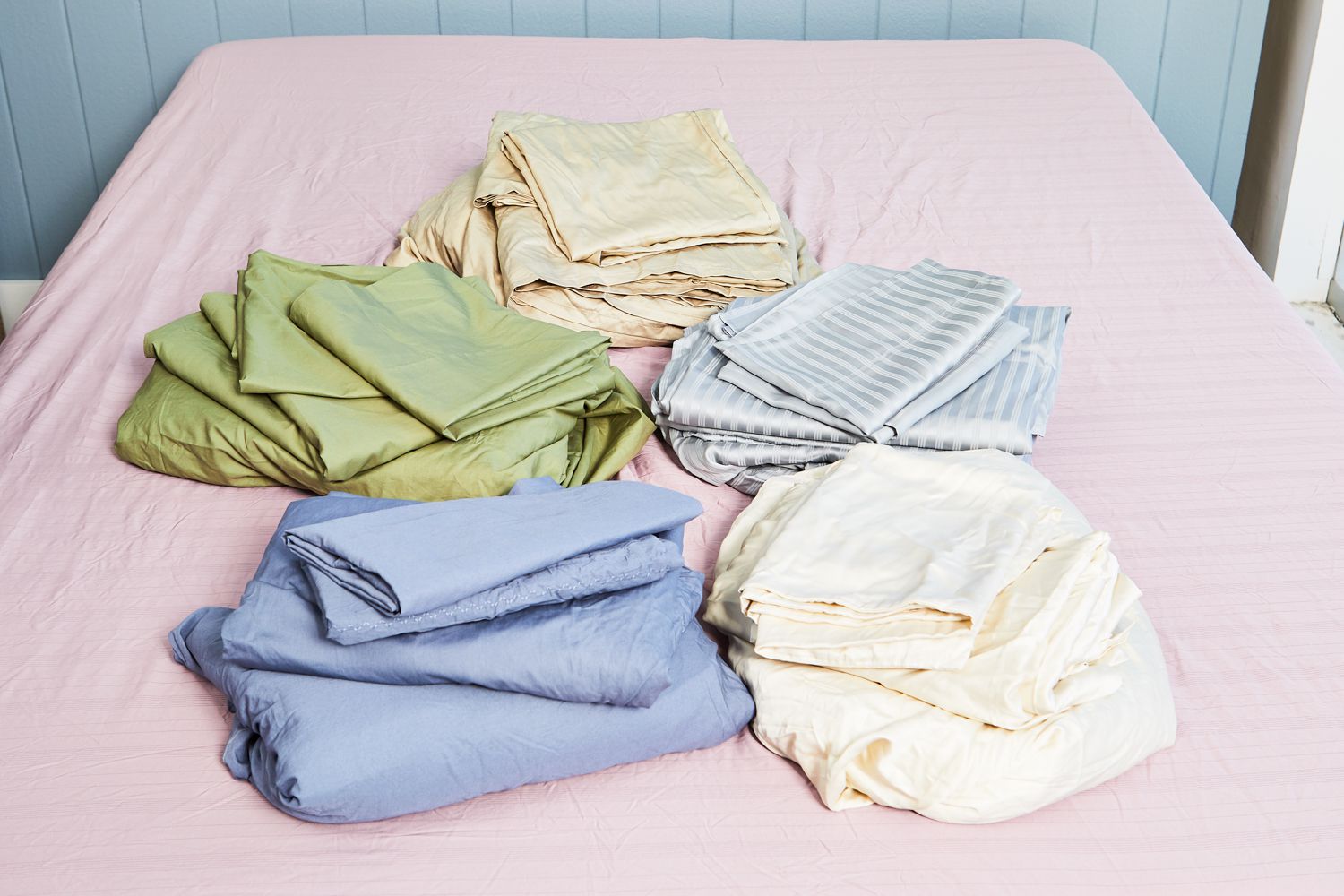
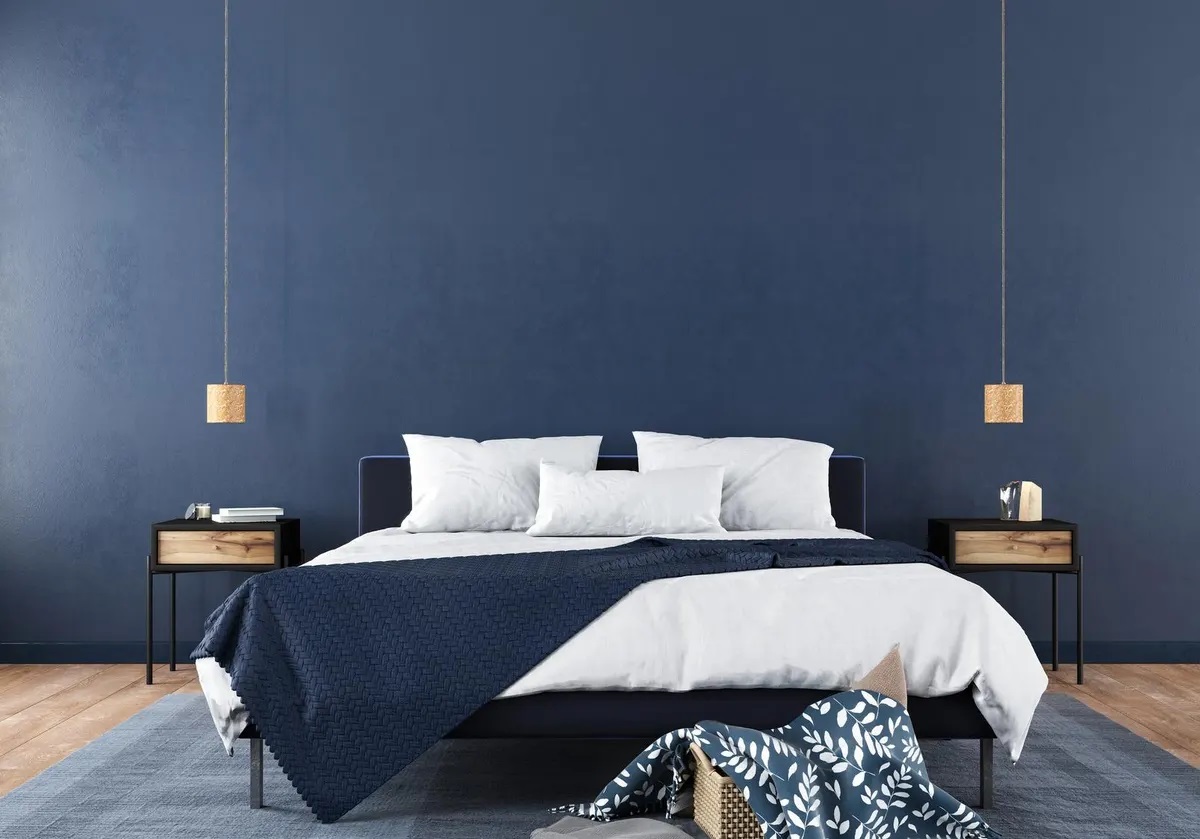
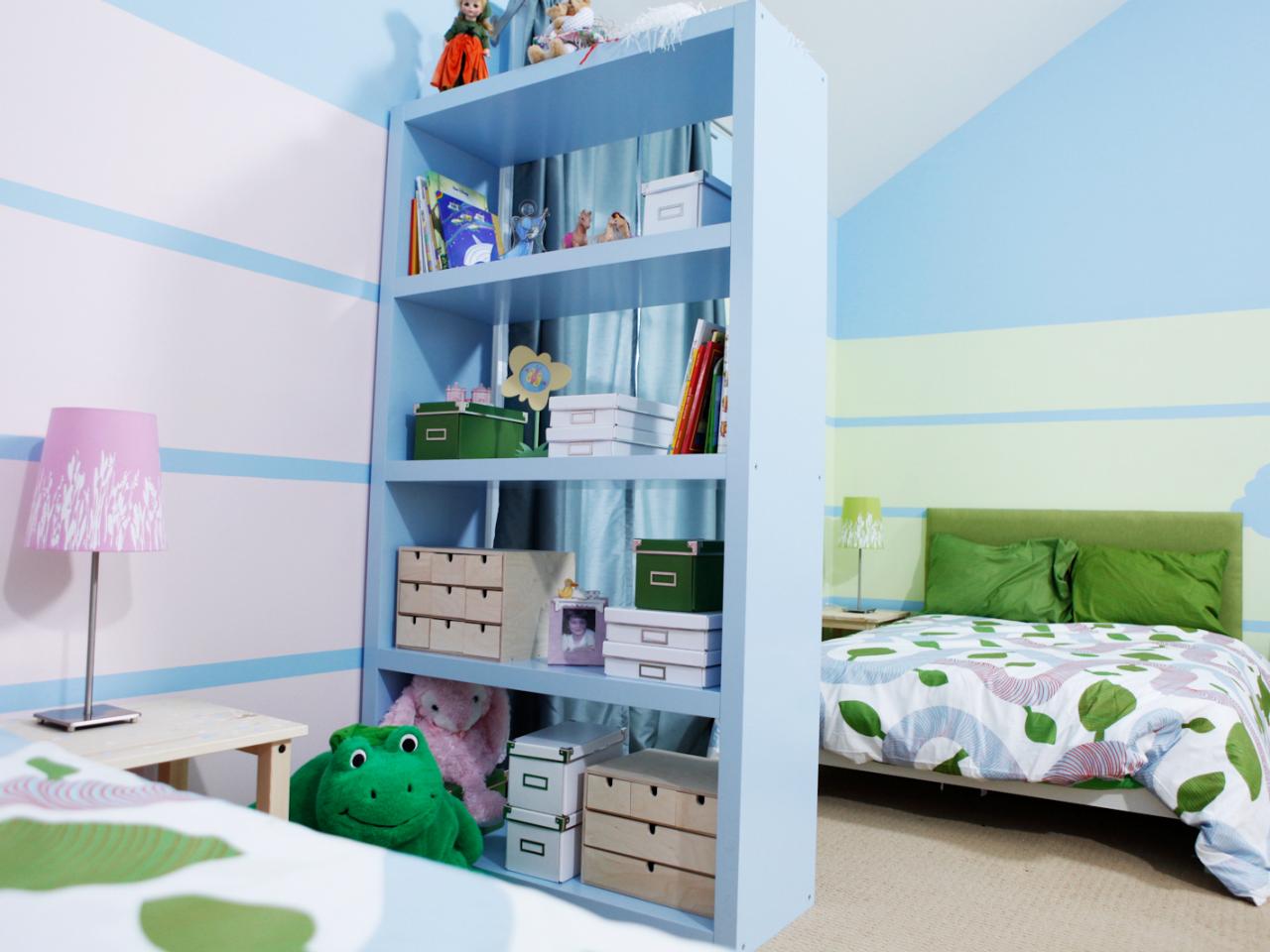
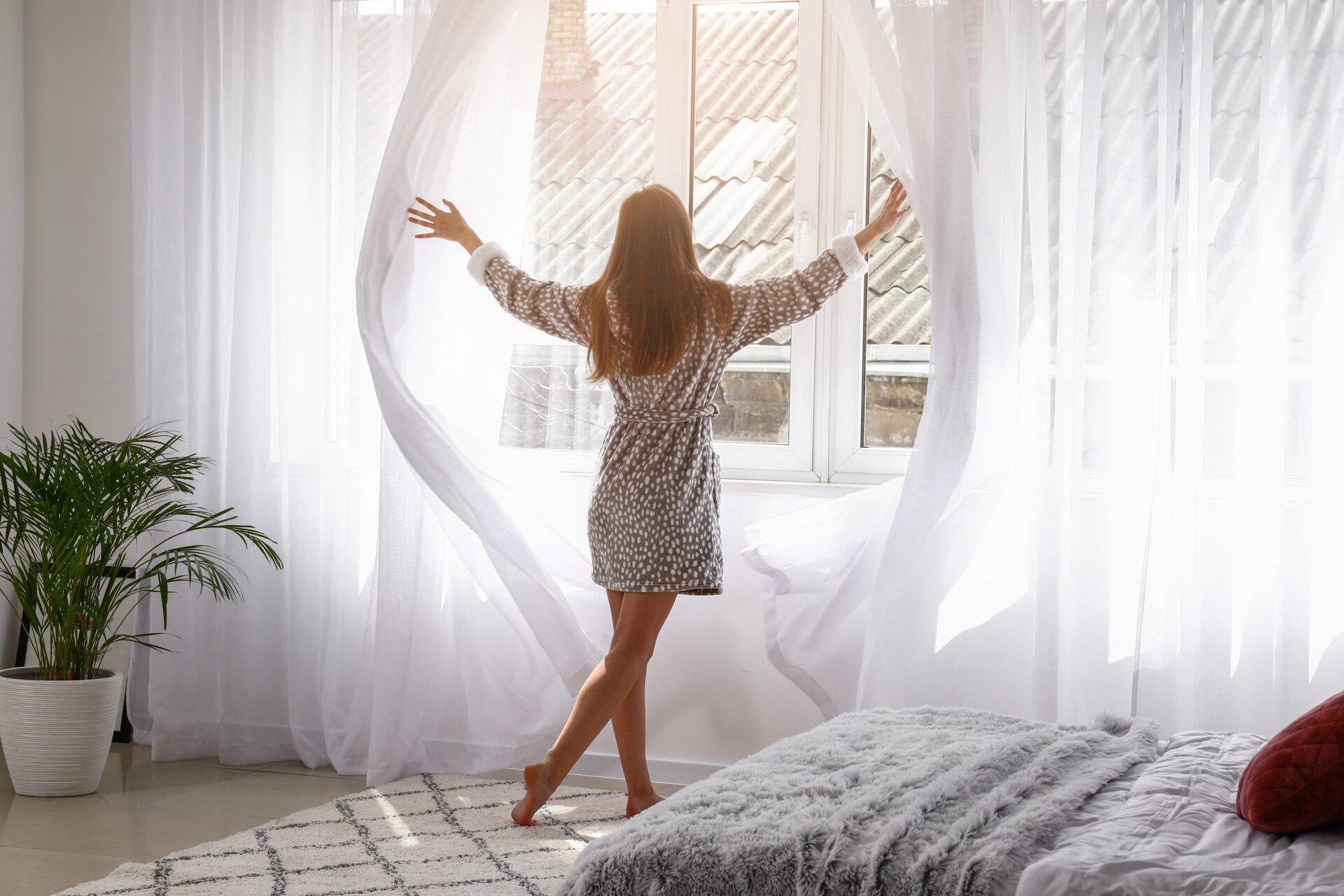
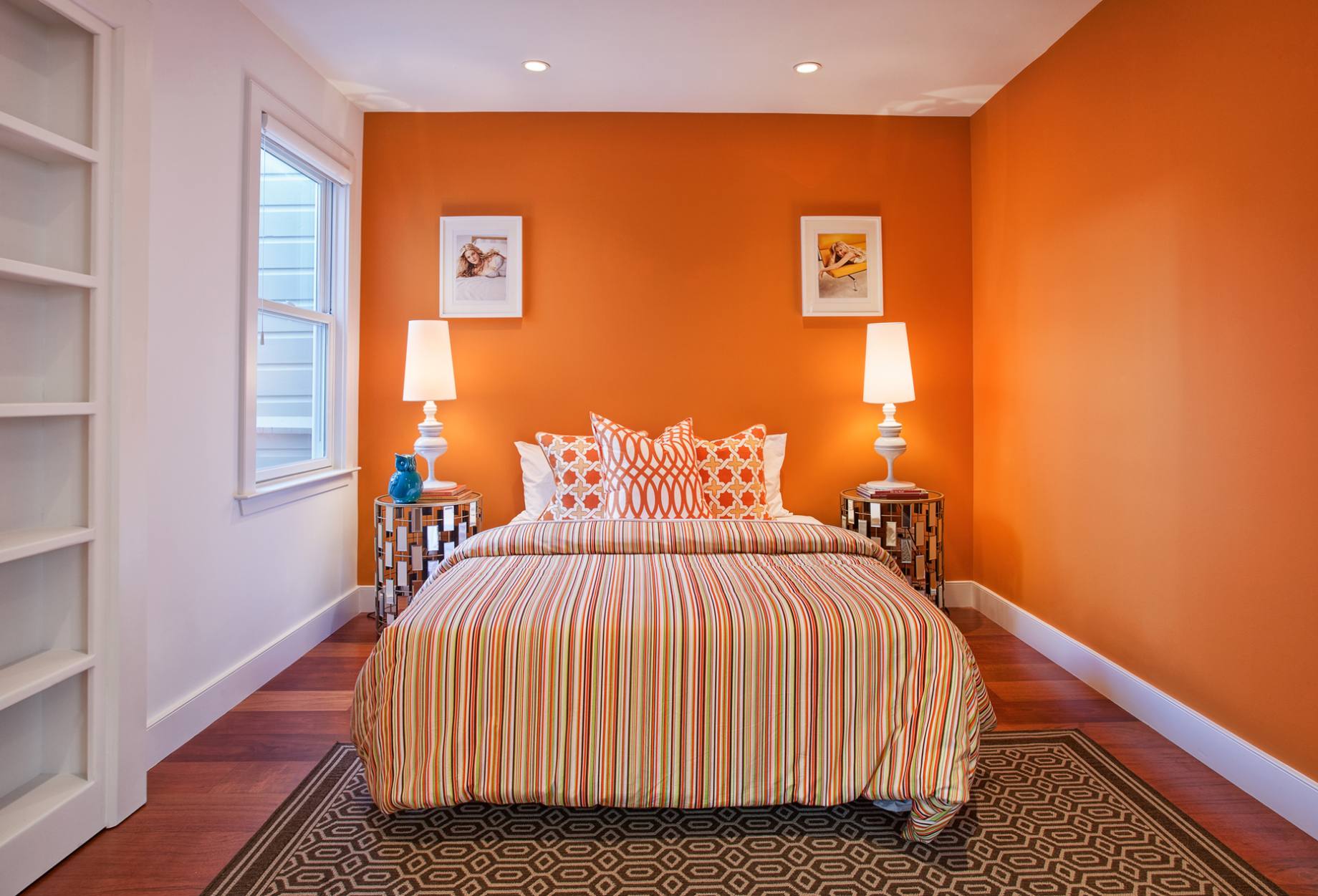
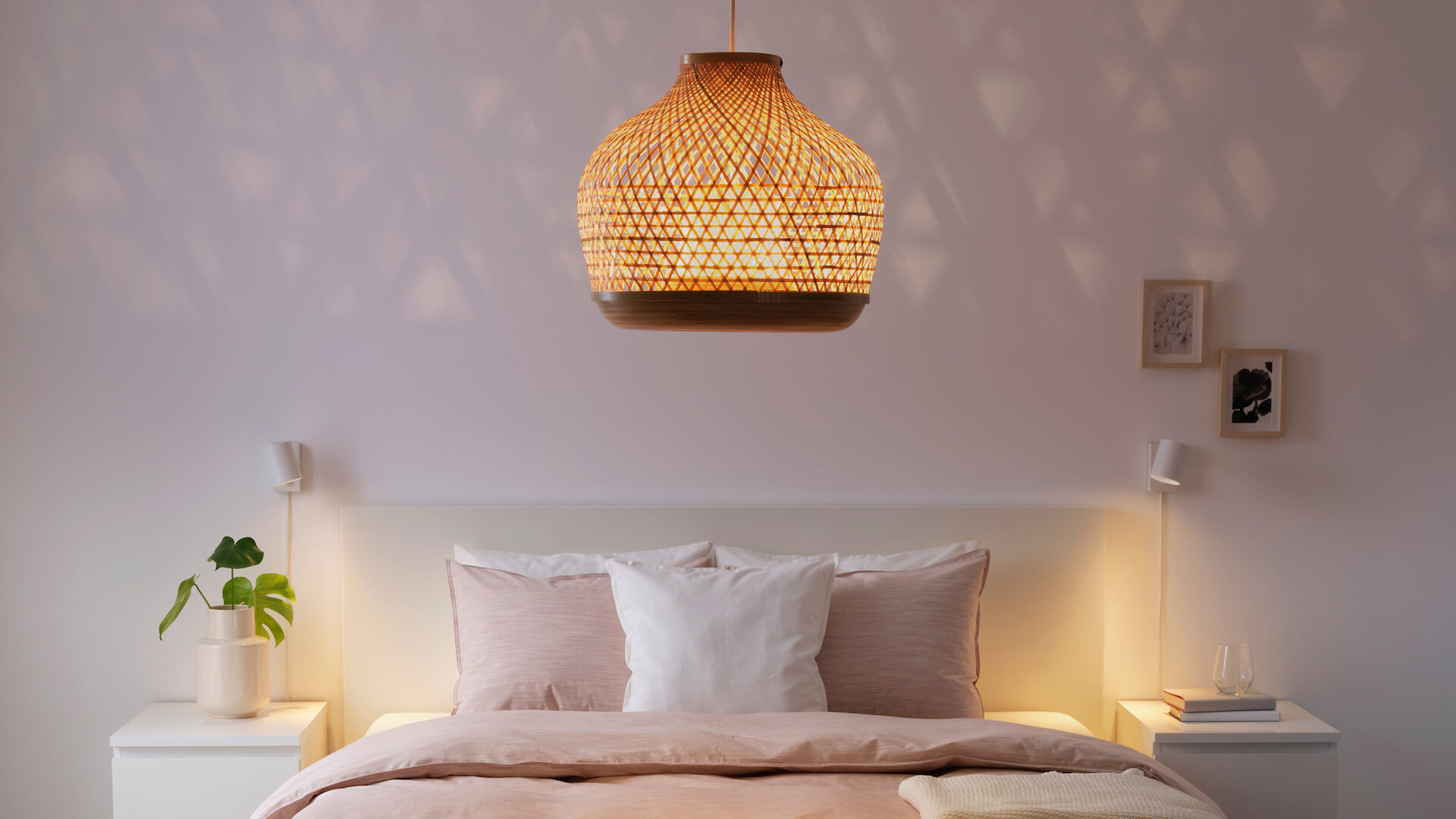
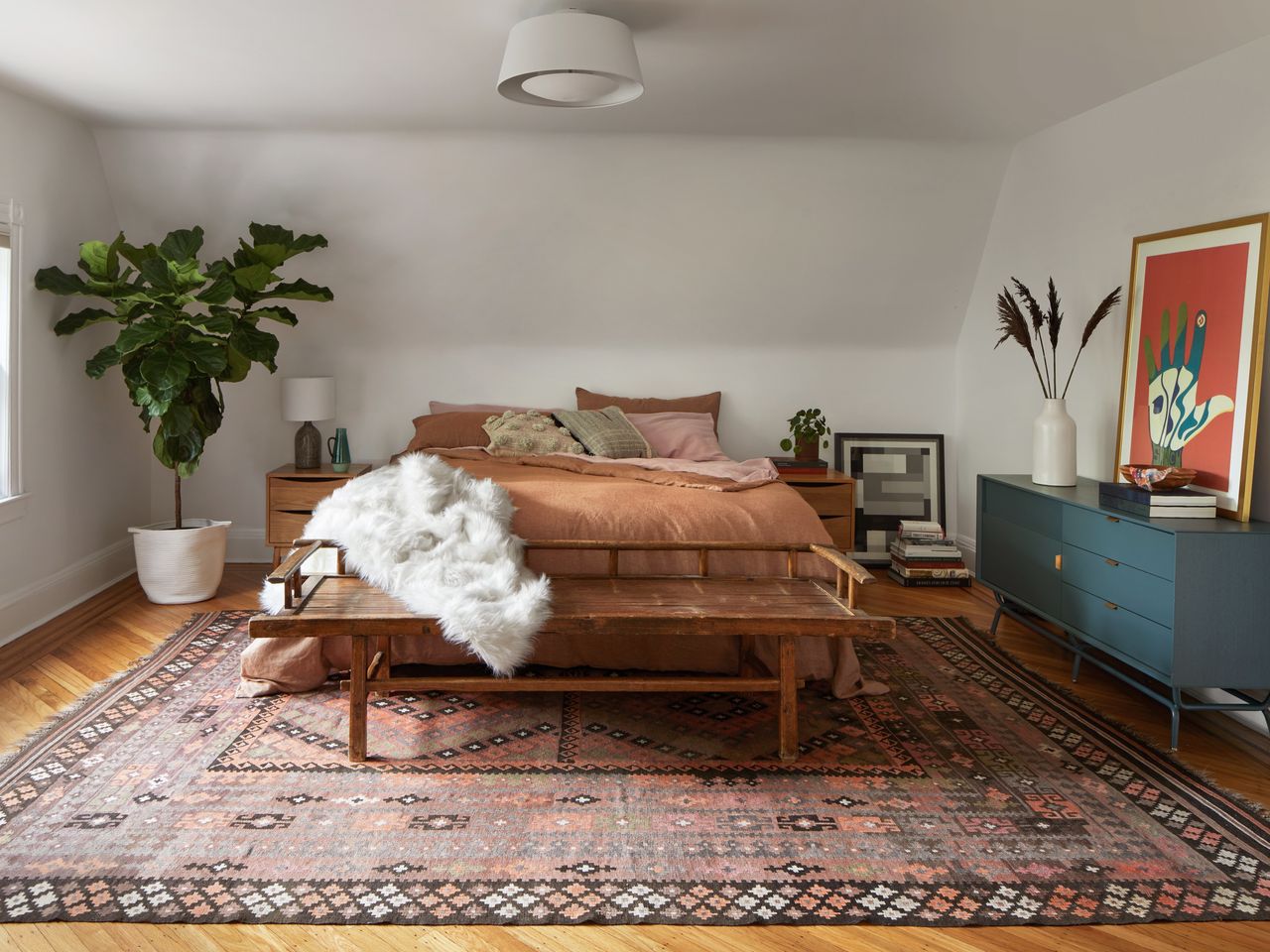
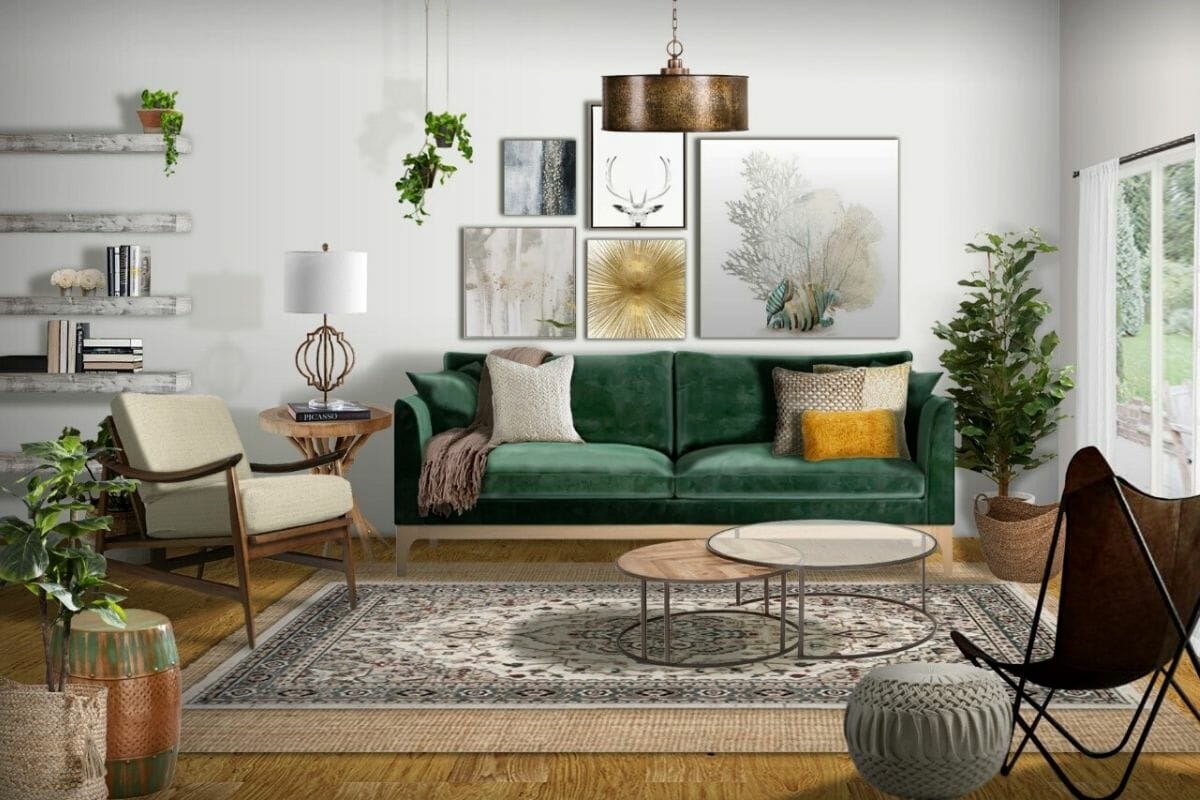
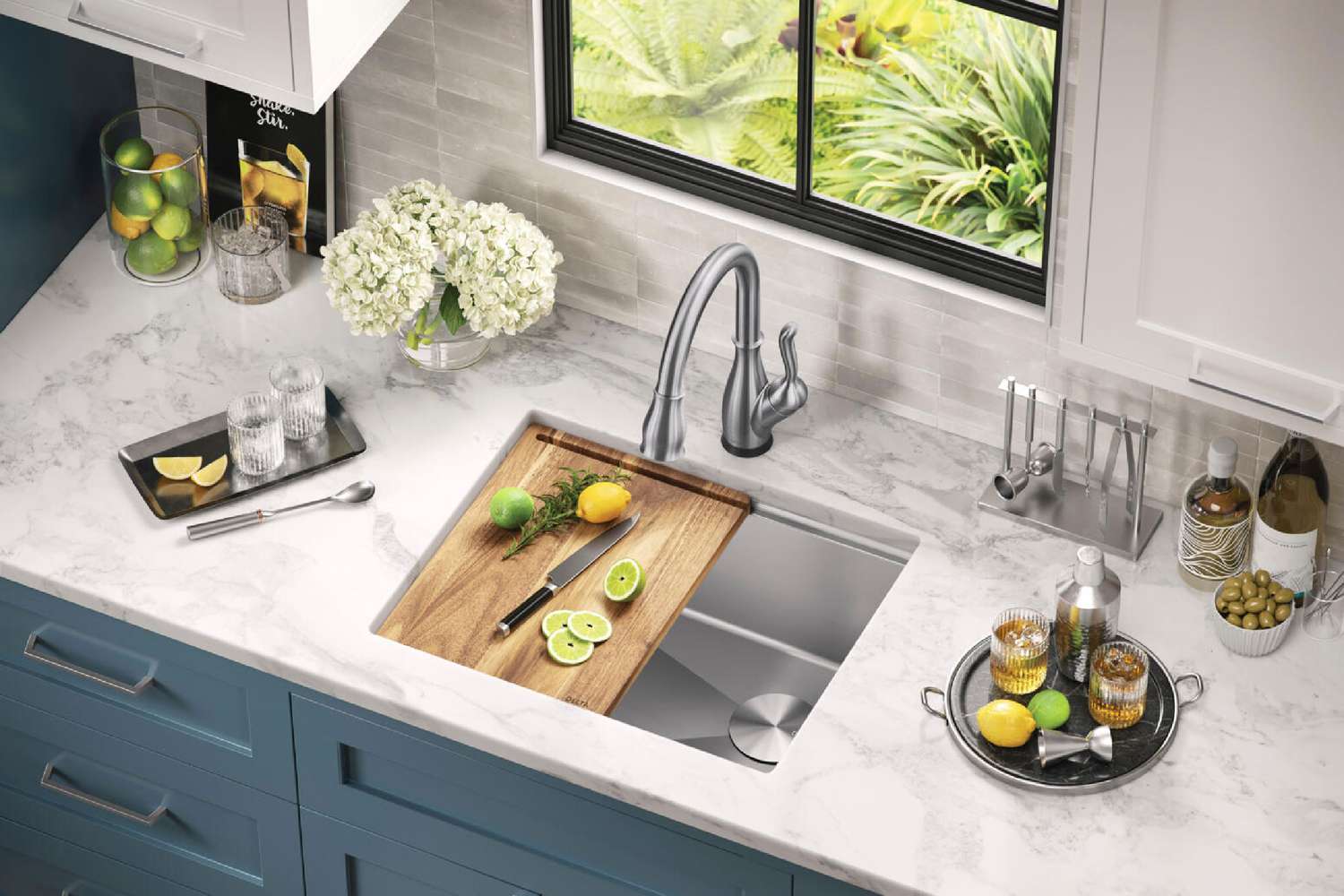
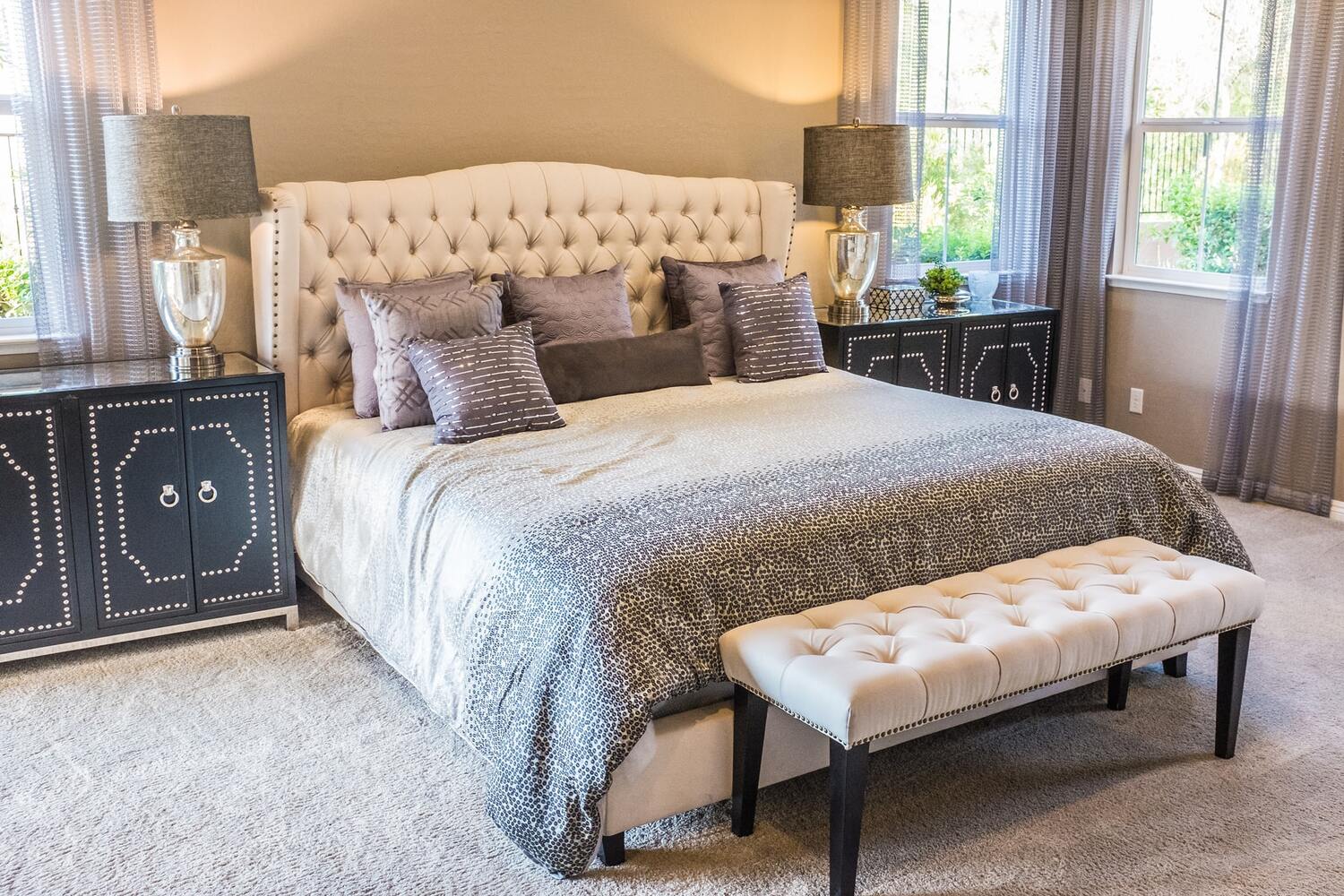
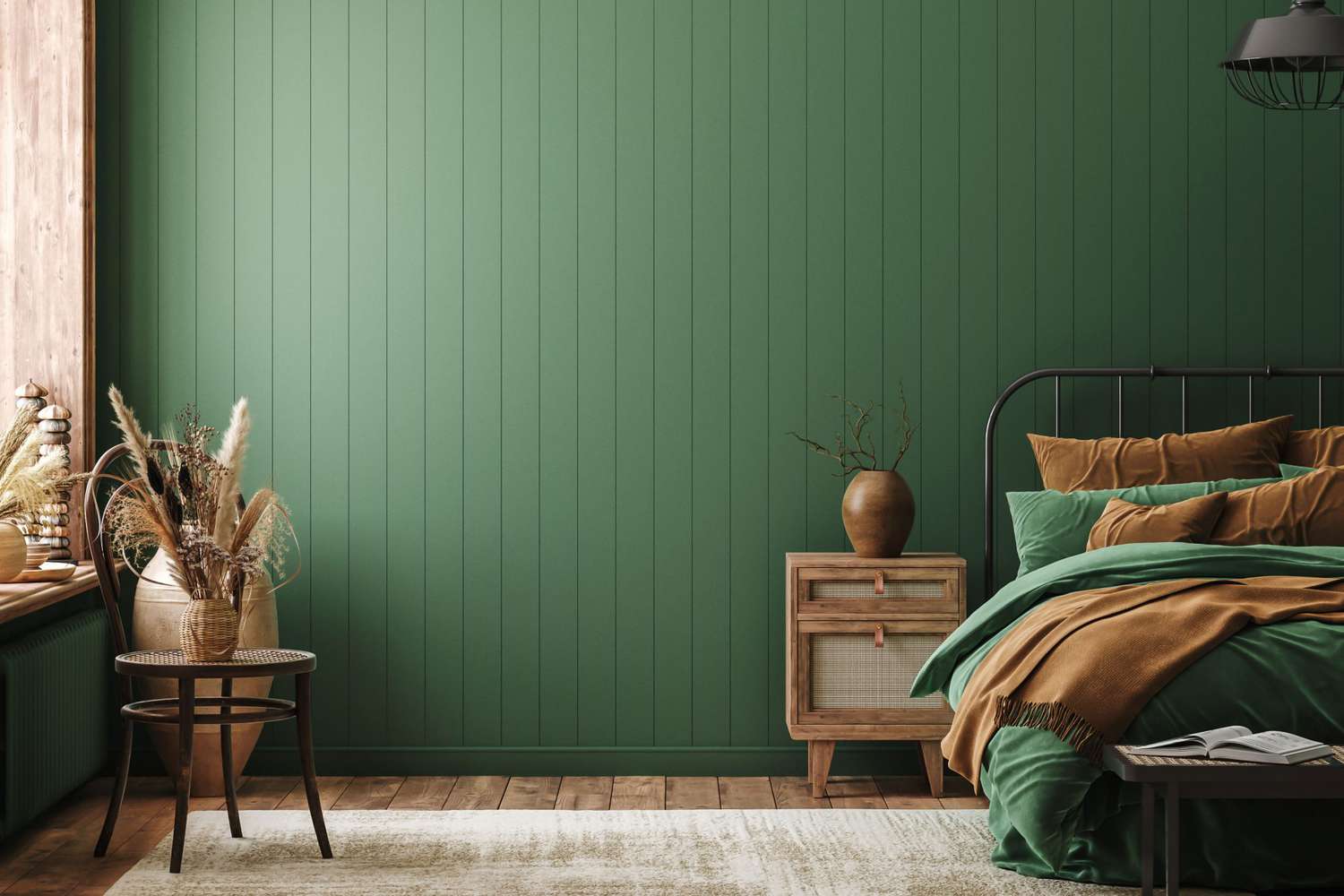
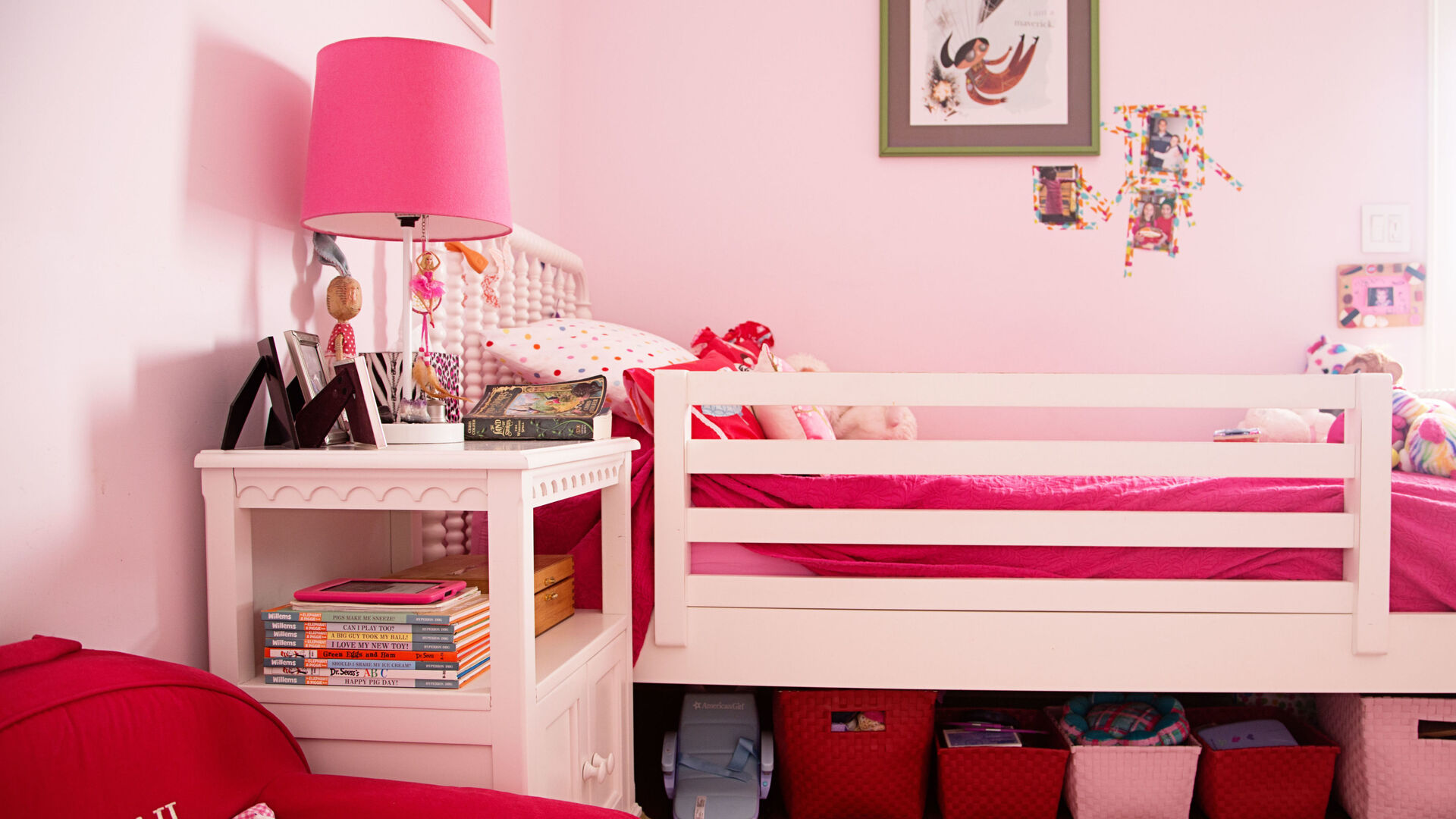


0 thoughts on “Which Color Is Best For A Bedroom? Experts Share Their Tips”